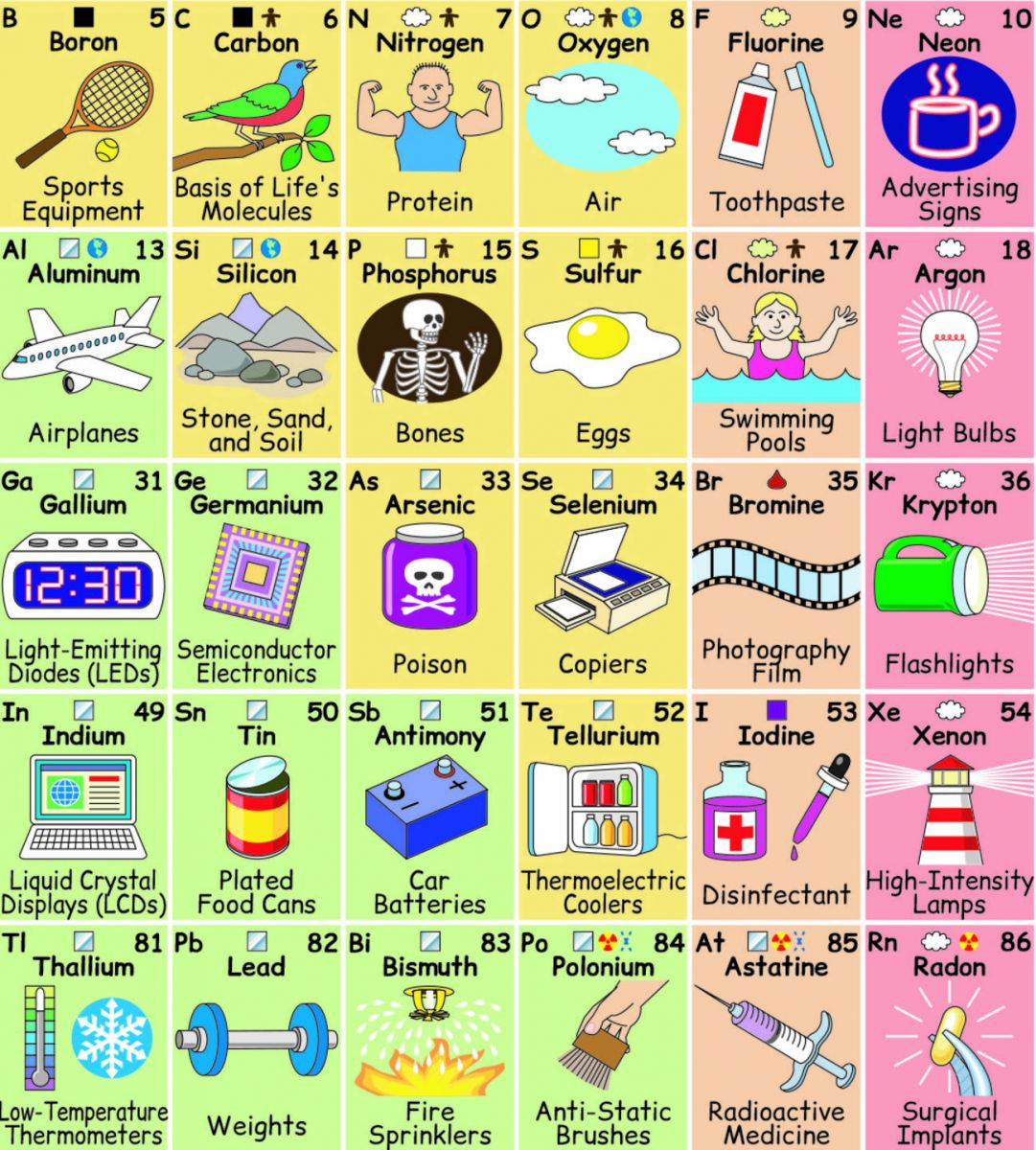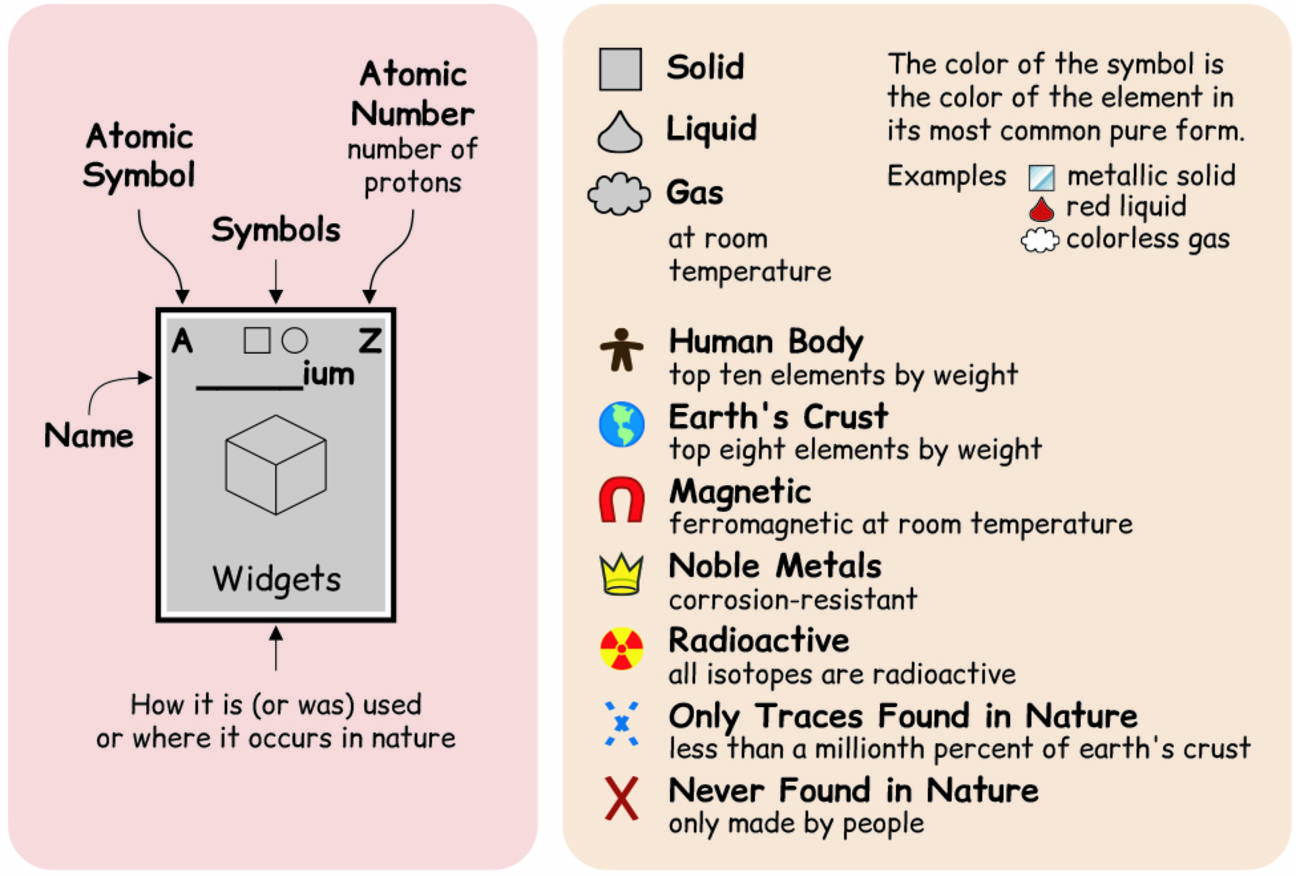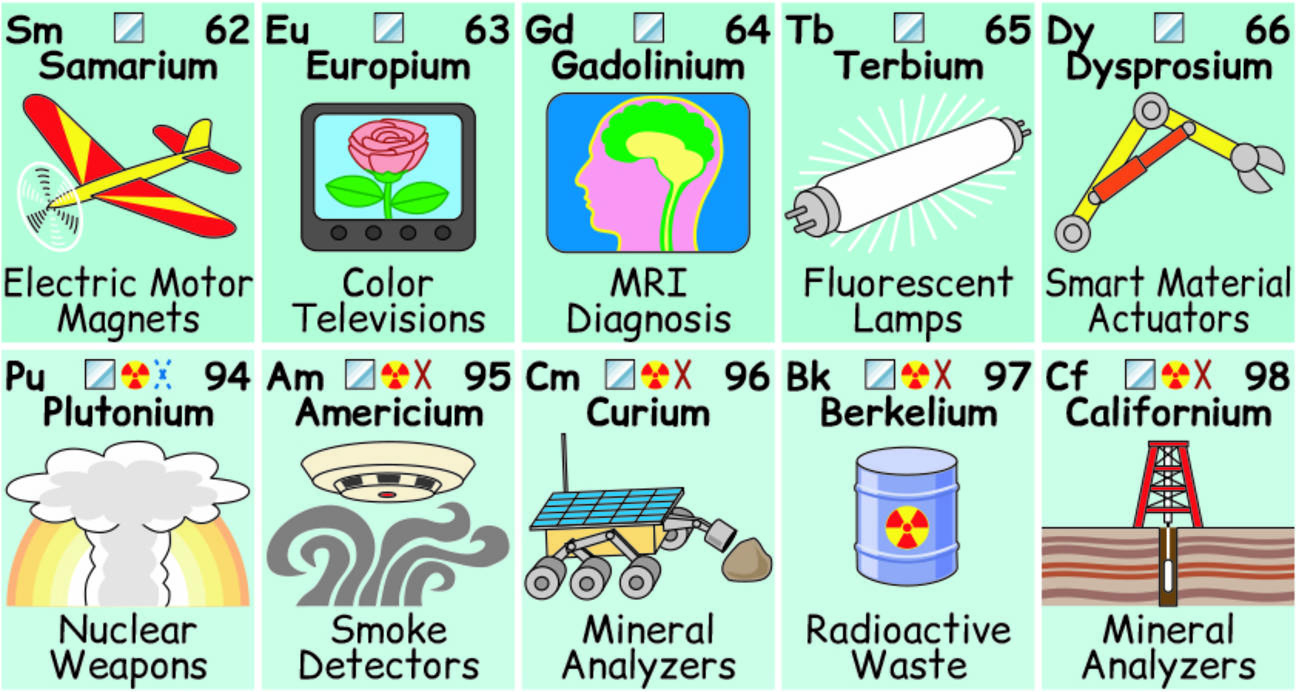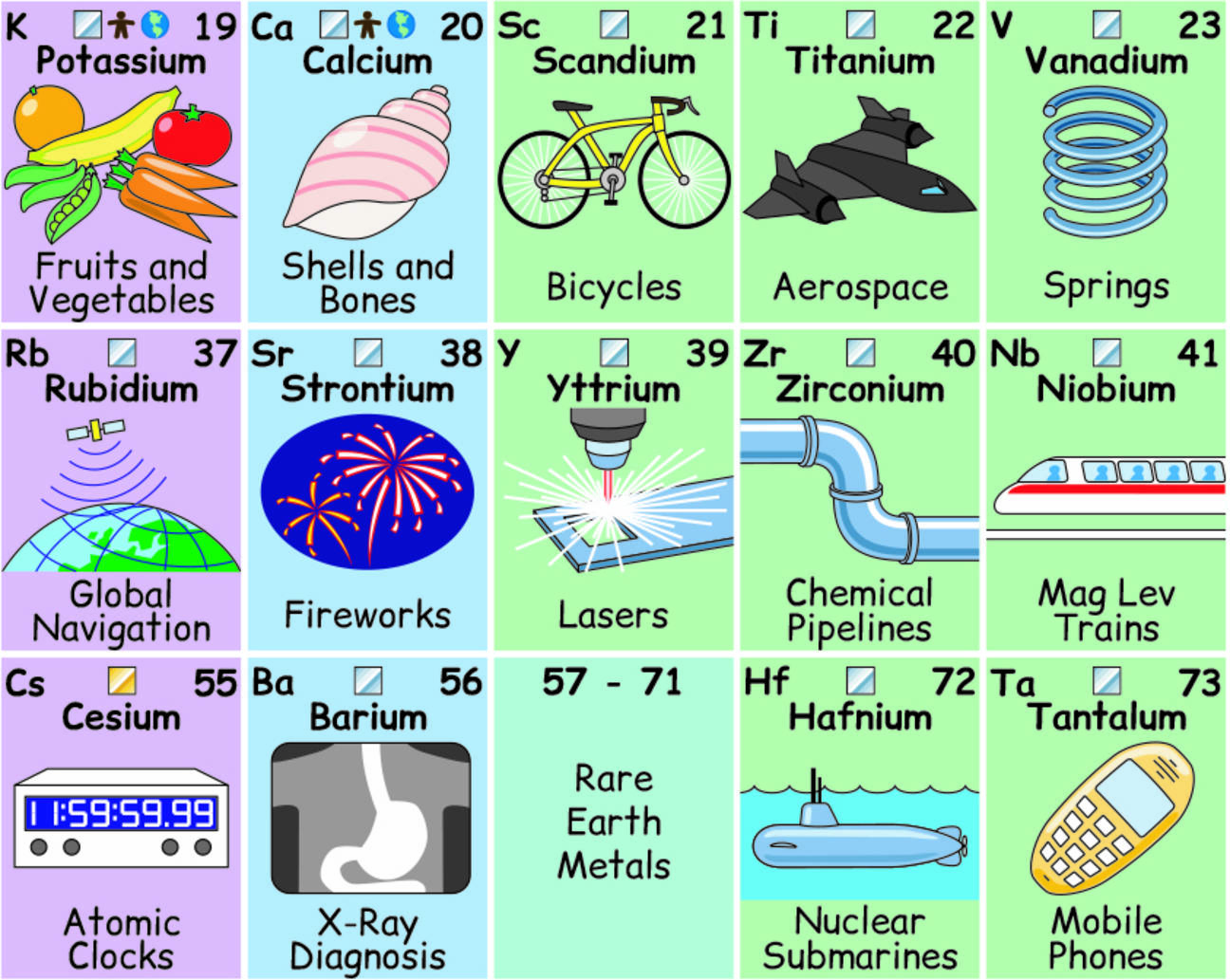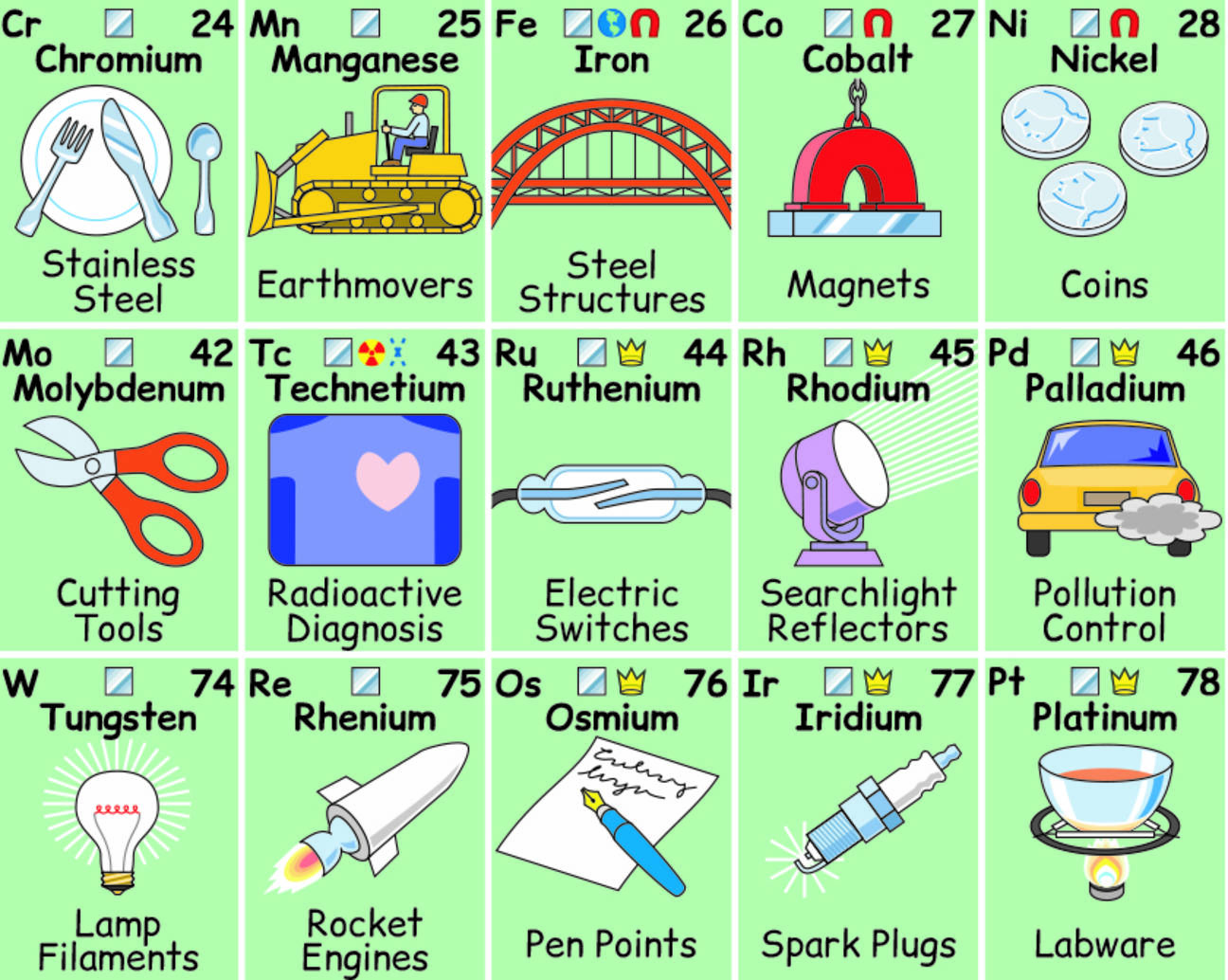The Periodic Table. What Do We Really Use Elements For?
Science / Technology
Science / Technology

Do you recall having to memorize the periodic table of elements in chemistry classes? Do you also remember quickly realizing how insanely difficult to do that task proved to be? And then how on earth are we to remember or understand how exactly these elements are actually used in our daily lives? Sure, we know that oxygen allows us to breathe, gold is a shiny metal and that chlorine cleans our pools yet there are 118 elements in this table, and some you may not even have known existed. Have you heard of hafnium? Samarium? Nope, didn’t think so.
Commonly referred to as Mendeleev's table and developed by Russian chemist Dmitri Mendeleev in 1869, the table displays the patterns apparent in the chemical properties of each element found on Earth. The large majority of the elements (Over 90+) are found in nature while the others are synthetically produced with particle accelerators. It is all rather fascinating and additional elements are continuously added as they are discovered across the centuries. There are only a handful of elements that do not actually serve a purpose for humans. Some of the ‘useless’ elements such are berkelium and protactinium and there are other man-made elements such as einsteinium that serve no use as they do not last long enough for them to be experimented on.
Enter Seattle based engineer Keith Enevoldsen whom has single-handley created an interactive periodic table and a way for us all to truly appreciate the importance of these earthly elements.
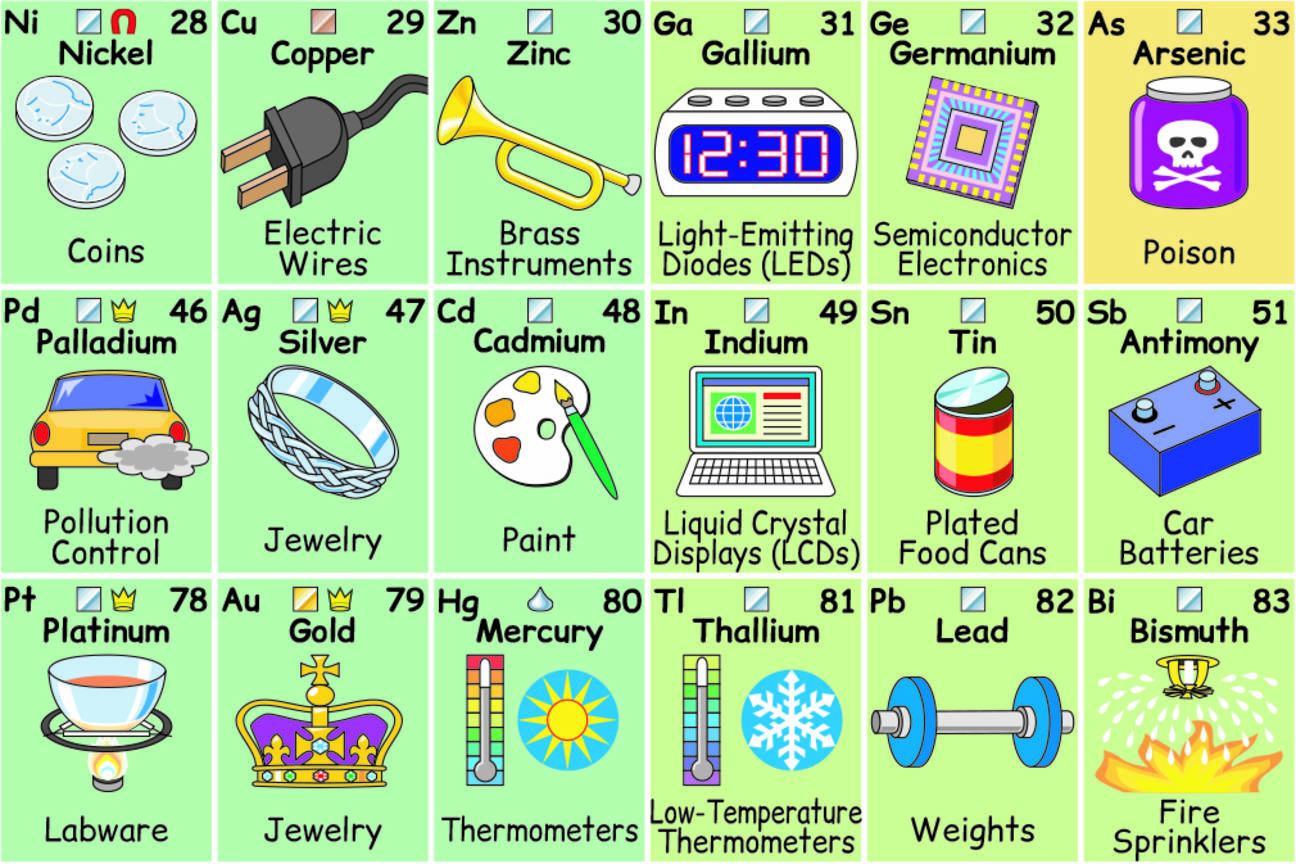
He smartly created a graphic putting each element in the context of their function/use. It is so interesting to understand how some of the more unknown elements help us in random aspects of our day to day routines. For instance, europium is found in all color televisions and americium help smoke detectors operate.

